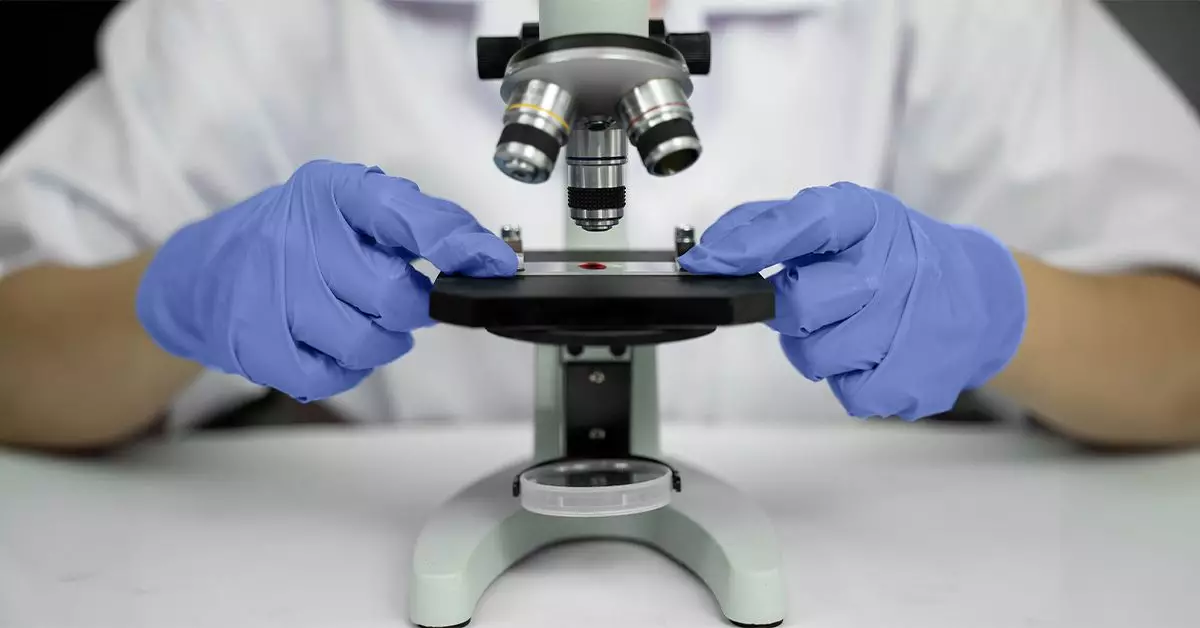Leukemia is a complex group of blood cancers with various subtypes, each presenting distinct characteristics. Among these, acute myeloid leukemia (AML) and chronic myeloid leukemia (CML) are two significant forms that originate from myeloid cells within the immune system. Despite their shared lineage, they exhibit contrasting behaviors, causes, and treatment methodologies. In this article, we will explore the key differences and similarities between AML and CML, and how understanding these nuances can inform both patient outcomes and medical strategies.
Both AML and CML arise from myeloid cells in the bone marrow, where blood cells are generated. However, they represent fundamentally different paths of disease progression. AML is characterized by the rapid proliferation of immature myeloid cells, leading to a hyper-accumulation in the blood and bone marrow. This acute form of leukemia is known for its aggressive nature and rapid onset, requiring prompt treatment intervention. In contrast, CML develops more insidiously; it often begins as a chronic phase, gradually escalating to a more acute state, known as a blast crisis.
The average age at diagnosis emphasizes the chronic nature of CML, with patients typically being slightly younger than those diagnosed with AML. This demographic detail underlines a crucial aspect of treatment and management strategies as they must be tailored not only to the disease type but also to patient age and overall health status.
Both forms of leukemia share overlapping symptoms, complicating diagnosis and treatment. Fatigue, fever, weight loss, and increases in the incidence of infections can be common to both conditions. However, distinguishing them early can sometimes hinge on the presence of specific symptoms associated with AML, such as leukostasis, which can manifest as stroke-like symptoms.
The “FAST” acronym (Facial drooping, Arm weakness, Speech difficulty, and Time to act) can serve as a critical tool in recognizing a possible leukostasis-related stroke, emphasizing the need for quick action and medical intervention. This highlights the broader implication for awareness of symptoms, which can guide not only patients but also healthcare providers in urgent decision-making.
At the genetic level, AML and CML differ significantly in their origins. AML often stems from genetic mutations in myeloid stem cells, leading to an overproduction of dysfunctional white blood cells. Chromosomal abnormalities, particularly involving genes like FLT3 and NPM1, are commonly observed, and environmental factors such as exposure to certain chemicals and previous cancer treatments also play a role in its development.
Conversely, CML is primarily caused by a specific chromosomal translocation resulting in the Philadelphia chromosome (Ph chromosome), which is formed from a fusion between chromosomes 9 and 22. This genetic change leads to the production of the BCR-ABL oncogene, driving the disease’s progression. Understanding these genetic distinctions is crucial for targeted therapies, as they inform treatment approaches such as the use of tyrosine kinase inhibitors (TKIs) specifically for CML patients.
The treatment regimes for AML and CML further highlight their differences. In the case of AML, chemotherapy often needs to be aggressive and immediate, focusing on eliminating the rapidly proliferating blasts to bring the disease under control. Strategies may include initial intensive chemotherapy followed by consolidation therapy to reinforce remission.
CML treatment, on the other hand, has seen marked advances with the introduction of TKIs, which have significantly improved survival rates. Patients can live for years with well-managed chronic disease due to these medications. The varying trajectories of AML and CML require distinct treatment protocols and highlight the importance of personalized care in oncology.
As research continues to evolve, understanding the complexities of AML and CML will remain central to developing new and more effective treatments. Ongoing studies focus on elucidating the myriad of genetic factors and environmental influences that contribute to these diseases, aiming to develop preventive strategies and refine existing therapies.
Knowledge and awareness of the differences and similarities between AML and CML are not only critical for patients and caregivers but also essential for healthcare practitioners engaged in the fight against leukemia. By layering existing knowledge with ongoing research efforts, we can strive toward improving patient outcomes and enhancing the overall survival rates in these severe forms of cancer.

